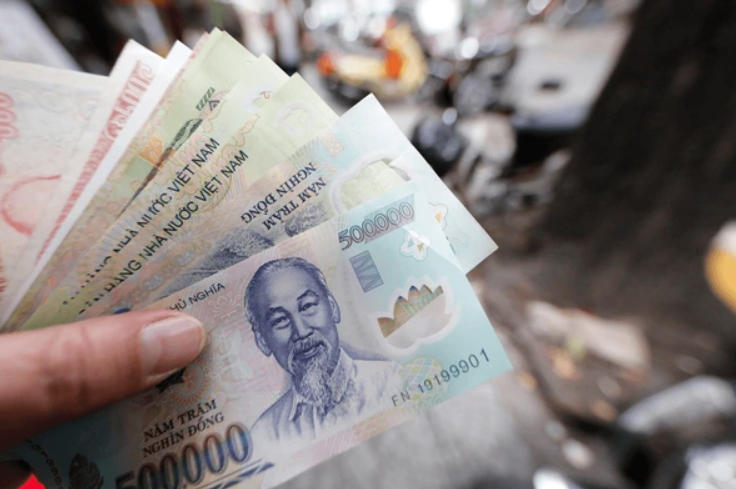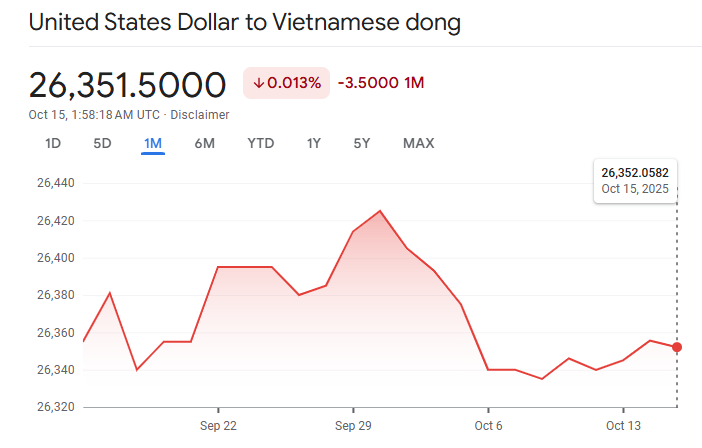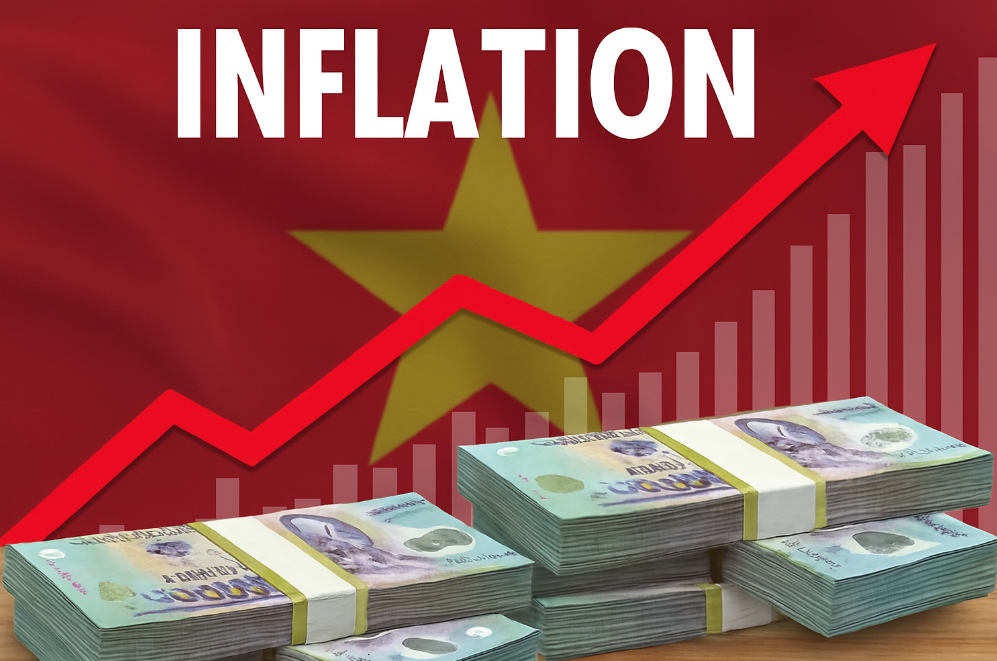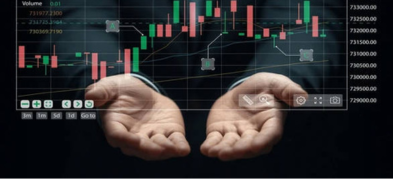
Ultima Markets App
Trade Anytime, Anywhere
Important Information
This website is managed by Ultima Markets’ international entities, and it’s important to emphasise that they are not subject to regulation by the FCA in the UK. Therefore, you must understand that you will not have the FCA’s protection when investing through this website – for example:
- You will not be guaranteed Negative Balance Protection
- You will not be protected by FCA’s leverage restrictions
- You will not have the right to settle disputes via the Financial Ombudsman Service (FOS)
- You will not be protected by Financial Services Compensation Scheme (FSCS)
- Any monies deposited will not be afforded the protection required under the FCA Client Assets Sourcebook. The level of protection for your funds will be determined by the regulations of the relevant local regulator.
Note: Ultima Markets is currently developing a dedicated website for UK clients and expects to onboard UK clients under FCA regulations in 2026.
If you would like to proceed and visit this website, you acknowledge and confirm the following:
- 1.The website is owned by Ultima Markets’ international entities and not by Ultima Markets UK Ltd, which is regulated by the FCA.
- 2.Ultima Markets Limited, or any of the Ultima Markets international entities, are neither based in the UK nor licensed by the FCA.
- 3.You are accessing the website at your own initiative and have not been solicited by Ultima Markets Limited in any way.
- 4.Investing through this website does not grant you the protections provided by the FCA.
- 5.Should you choose to invest through this website or with any of the international Ultima Markets entities, you will be subject to the rules and regulations of the relevant international regulatory authorities, not the FCA.
Ultima Markets wants to make it clear that we are duly licensed and authorised to offer the services and financial derivative products listed on our website. Individuals accessing this website and registering a trading account do so entirely of their own volition and without prior solicitation.
By confirming your decision to proceed with entering the website, you hereby affirm that this decision was solely initiated by you, and no solicitation has been made by any Ultima Markets entity.
I confirm my intention to proceed and enter this website Please direct me to the website operated by Ultima Markets , regulated by the FCA in the United KingdomWhy Is Vietnamese Currency So Weak?
Vietnam’s currency is weak because of persistent U.S. dollar strength, lower domestic interest rates, and rising import and inflation pressures that drive capital outflows and reduce foreign reserves. In 2025, the Vietnamese dong (VND) has fallen about 3% against the U.S. dollar as tighter global liquidity and trade headwinds weigh on the economy.

Vietnam Dong 2025 Overview
The USD/VND pair hovered between 26,320 – 26,420 over the past month and now stands at 26,351.5 on October 15 2025, slightly lower than September’s peak of ~26,410. This marks one of the weakest levels for the dong in recent years.
The highest intraday USD/VND in 2025 was about 26,434 VND per USD (August 21). Vietnam’s foreign exchange reserves stood at USD 79,751.10 million in May 2025, down from USD 80,096.30 million in April. These figures reflect tightening buffers and ongoing downward pressure on the dong.

Main Reasons the Vietnamese Dong Is Weak
The Vietnamese dong’s weakness in 2025 stems from a mix of global monetary tightening and domestic economic pressures. A strong U.S. dollar, lower local interest rates, and heavy reliance on imported goods have increased demand for foreign currency. Meanwhile, inflation and limited central bank reserves further erode confidence in the dong, making it one of Asia’s most vulnerable currencies this year.
Wide Interest-Rate Gap
Vietnam’s benchmark rates are much lower than those in the United States. The State Bank of Vietnam (SBV) has kept policy rates around 4.5 – 5% to support growth, while the U.S. Federal Reserve maintains rates above 5% to fight inflation. This gap means investors earn more by holding dollar-based assets than dong-denominated ones.
As a result, capital flows out of Vietnam and other emerging markets toward the U.S., creating steady demand for USD and downward pressure on VND.
When the U.S. pays more interest than Vietnam, global investors choose dollars over dong, pushing the dong lower.
Import Demand & Trade Imbalance
Even though Vietnam often records a trade surplus overall, its industries depend heavily on imported raw materials, fuel, and machinery. Manufacturers must buy USD to pay foreign suppliers, especially when oil and commodity prices rise. This constant USD demand outweighs export inflows during high-consumption periods, leading to short-term FX shortages.
For example, Vietnam’s import bill for petroleum and electronics components climbed sharply in 2025 as domestic demand recovered, offsetting part of its export earnings. So while the balance of trade looks healthy on paper, the underlying flow of dollars leaving the country still weakens the dong.
Capital Outflows & FX Intervention
Foreign investors have become more cautious toward Asian markets due to global uncertainty and high U.S. yields. Portfolio outflows from Vietnamese equities and bonds increased in early 2025, reducing foreign-currency inflows. To slow depreciation, the SBV sold roughly USD 1.5 billion from reserves to supply dollars to banks and importers. Vietnam’s foreign-exchange reserves slipped to USD 79.75 billion in May 2025, limiting future intervention capacity.
A thinner reserve buffer means the SBV can smooth volatility but not fully stop depreciation especially if global risk sentiment worsens.

Inflation and Domestic Pressures
Domestic prices are rising faster than expected.
- Headline inflation: 3.19 % YoY (July 2025).
- Core inflation: around 3.3 %.
- Government target: 4.5 – 5 % for 2025
Higher electricity tariffs, housing costs, and healthcare expenses squeeze household budgets and raise business costs. To import essentials, companies and consumers buy more USD, reinforcing downward pressure on VND. If inflation stays elevated while rates remain low, investors may perceive negative real returns in dong assets, accelerating capital flight.
U.S. Trade Policies and External Risk
Trade tensions have resurfaced between the U.S. and key Asian exporters. In 2025, U.S. officials described Vietnam’s large trade surplus with the U.S. (> USD 110 billion) as “unsustainable.” New or threatened tariffs on Vietnamese goods particularly textiles and electronics raise uncertainty for exporters. Slower export growth reduces the supply of incoming USD, while speculation about tariffs prompts companies to hoard foreign currency as protection.
In short, policy risk abroad can weaken confidence in Vietnam’s export outlook and, by extension, in its currency.
Outlook: Will the Dong Keep Falling?
The Vietnamese dong is expected to stay weak but not crash. Analysts forecast USD/VND to hover near 26,300–26,400 through late 2025 as high U.S. interest rates and strong dollar demand persist. However, Vietnam’s trade surplus and steady FDI inflows should help stabilise the currency once global conditions ease.
Forecasts:
- MUFG projects USD/VND to hover around 26,300–26,400 through Q4 2025.
- UOB expects a mild recovery to 26,200 in early 2026 if global risk sentiment improves.
Key Support Factors:
- Vietnam continues to attract foreign direct investment (FDI) in manufacturing and renewable energy, creating natural USD inflows.
- The State Bank of Vietnam (SBV) maintains a managed-float regime and has signalled willingness to intervene to prevent disorderly moves.
- Export growth, forecast to rise about 15 % YoY by September 2025, provides some balance to import-related USD demand.
Downside Risks:
- Prolonged high U.S. interest rates could widen yield gaps and trigger more capital outflows.
- Rising energy prices or new U.S. tariffs could strain Vietnam’s trade balance.
- Limited FX reserves (≈ USD 79.7 billion as of May 2025) restrict the SBV’s ability to fully defend the dong.
While the Vietnamese currency is likely to stay under pressure, the fundamentals—solid FDI inflows, a trade surplus, and policy flexibility should prevent extreme depreciation. Most economists expect the dong to trade sideways around 26,300 per USD in the near term, with scope for gradual strengthening once the Federal Reserve begins lowering rates.
Conclusion
The Vietnamese dong’s weakness reflects the global dollar cycle more than local instability. For forex traders, it highlights how interest-rate gaps, trade flows, and policy shifts shape emerging-market currencies.
While the dong may hover near 26,300–26,400 per USD through late 2025, volatility could increase whenever the U.S. Federal Reserve changes policy or energy prices surge.
Traders should view the VND as a barometer of regional risk sentiment, not just a local story. Monitoring the USD Index, oil prices, and Asian capital flows can offer early signals of future moves.
Trading currencies like the VND requires balancing opportunity with caution. Use risk-management tools, stay updated on central-bank actions, and remember that even small policy shifts can trigger large swings in forex markets.
Disclaimer: This content is provided for informational purposes only and does not constitute, and should not be construed as, financial, investment, or other professional advice. No statement or opinion contained here in should be considered a recommendation by Ultima Markets or the author regarding any specific investment product, strategy, or transaction. Readers are advised not to rely solely on this material when making investment decisions and should seek independent advice where appropriate.












